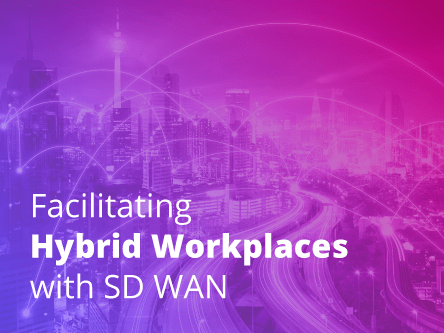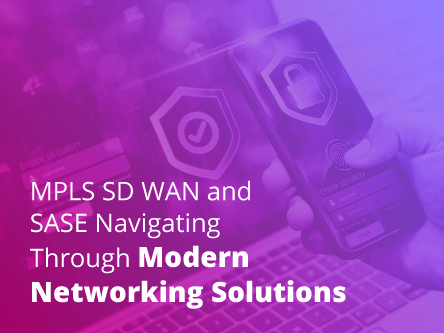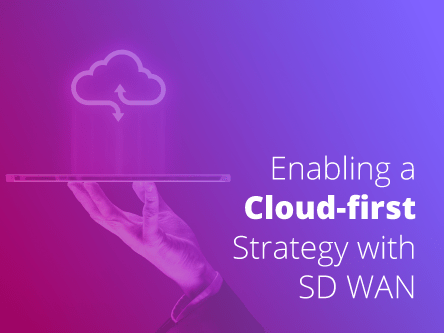As a business grows globally, it runs the risk of complex interconnection across branch locations. This only becomes much more difficult to manage as the organisation moves towards an increasingly hybrid cloud infrastructure.
Demand for greater bandwidth and optimised network performance makes software-defined wide area network (SD-WAN) essential for growing businesses. This is even more apparent as the public cloud becomes central in the IT strategy for an efficient workforce.
Businesses with multiple office locations and remote workers must enable a better way to access enterprise cloud services, applications and data. To ensure that an enterprise network is unified, many businesses are turning to SD-WAN for centralised control and management.
Rise of SD-WAN
Traditionally, businesses have to turn up connection links like Multiprotocol Label Switching (MPLS) to connect branch locations to the main office. It is expensive and takes a long time to install, plus it is also difficult to find a service provider that can offer global coverage. Piecing together multiple service providers is extremely costly and time-consuming.
At the same time, the workforce is becoming more distributed.
According to the Future Workforce Report, 73 percent of all departments will have remote workers by 2028. For remote users, the enterprise will need to scale its network connectivity with a Virtual Private Network (VPN) to manage and enable access to its network.
Cost-efficient and Scalable
These complexities have paved the way for the rise of SD-WAN. By far one of the greatest benefits of SD-WAN is the considerable savings for any business. Unlike traditional WAN methods like MPLS, SD-WAN can add new links without making changes to the network or infrastructure.
However, the real long-term value of SD-WAN is visibility, scalability and control.
An enterprise network’s ability to adapt quickly to changing conditions creates broader cost-savings to any company. Latency and bottlenecks carry their own costs in time and productivity drains. The speed and agility of SD-WAN translates into lasting cost-saving significance.
WAN Simplicity
With greater control and orchestration of connectivity via a central orchestrator, SD-WAN enhances network performance through centralised management, which handles network traffic without the need to reconfigure the links individually. For instance, bandwidth-intensive applications like video conference calls can easily cause a bottleneck in the network.
Integrated Security
Because SD-WAN is completely integrated, it can offer comprehensive security features and improved management of security policies. Many managed SD-WAN solutions offer encryption for every connection, including between regions and enterprise locations, while enabling secure access to workloads in the public cloud. Configure network firewalls, encryption and security protocols without the need to bolt on third-party security solutions.
Overall, enterprises can make great strides in their IT strategy if they choose SD-WAN to manage their networks. For smaller enterprises with insufficient resources, they should consider opting for a managed SD-WAN solution.
Explore your options with Epsilon to unify your workforce with our SD-WAN solution.







